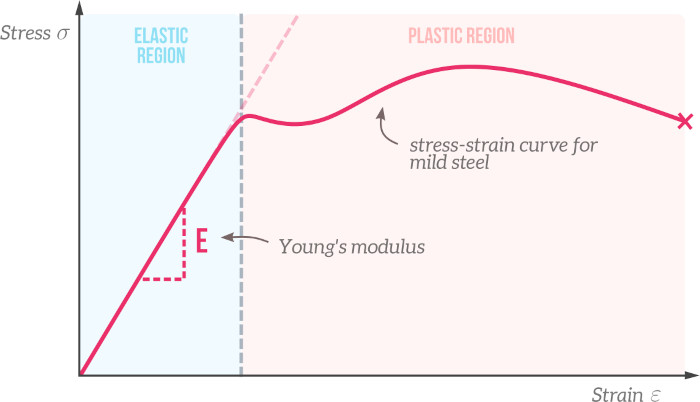In this informative article, we will delve into the fascinating world of stainless steel fiber and its Young’s Modulus, a critical mechanical property that defines its behavior under stress. Stainless steel fibers are revolutionizing the construction and engineering industries, offering exceptional reinforcement capabilities for various materials. By comprehending the significance of Young’s Modulus in stainless steel fibers, engineers and designers can harness their full potential to create robust and resilient structures.
The Marvel of Stainless Steel Fiber
Stainless steel fibers are slender, high-strength filaments made of stainless steel, engineered to reinforce materials like concrete and composites. Their incorporation significantly enhances the material’s strength and durability, making them indispensable in modern construction.
Understanding Young’s Modulus
Young’s Modulus, also known as the elastic modulus, measures the stiffness of a material under stress. For stainless steel fibers, this property determines how much the fiber will elongate or compress when subjected to external forces, ensuring structural integrity.

The Role of Young’s Modulus in Fiber Reinforcement
Young’s Modulus is a crucial factor in determining the efficiency of stainless steel fiber reinforcement. A higher modulus means less elongation and greater resistance to deformation, allowing the fibers to effectively distribute stress and prevent cracks in the material.
Applications in Concrete Reinforcement
Stainless steel fibers, with their superior Young’s Modulus, are widely used in concrete reinforcement. When added to concrete mixes, they enhance its tensile strength, reducing the risk of cracking and increasing its load-carrying capacity.
Young’s Modulus and Composite Materials
In composite materials, stainless steel fibers play a vital role in improving strength and rigidity. By understanding Young’s Modulus, designers can optimize the fiber content to achieve the desired mechanical properties in the composite.
Factors Affecting Young’s Modulus
Several factors influence Young’s Modulus in stainless steel fibers. The grade and composition of stainless steel, fiber geometry, and processing techniques all play a role in determining this essential mechanical property.

Impact of Stainless Steel Grade
Different grades of stainless steel possess varying Young’s Modulus values. Engineers must carefully select the appropriate grade based on the application’s requirements to ensure optimal performance.
The Influence of Fiber Geometry
The shape and dimensions of stainless steel fibers affect Young’s Modulus. Longer and thinner fibers typically exhibit higher moduli, making them suitable for specific reinforcement purposes.
Processing Techniques and Modulus
Manufacturing processes also impact Young’s Modulus of stainless steel fibers. Cold-drawn fibers, for instance, may exhibit different moduli compared to fibers produced using other methods.
Advancing Future Innovations
The continued research and development of stainless steel fibers and Young’s Modulus hold the potential for transformative innovations in various industries. Engineers are continuously exploring ways to optimize the properties of these fibers for improved material performance.
Nanotechnology and Stainless Steel Fibers
The integration of nanotechnology with stainless steel fibers shows promise in enhancing their mechanical properties further. By leveraging nanoscale modifications, researchers aim to unlock even higher Young’s Modulus values.

Young’s Modulus and Sustainable Construction
Utilizing stainless steel fibers to reinforce sustainable construction materials can lead to eco-friendly and durable structures, reducing the environmental impact and promoting longevity.
Conclusion
Stainless steel fiber, with its remarkable Young’s Modulus, has revolutionized material reinforcement in construction and engineering. Understanding and harnessing this mechanical property can unlock the full potential of stainless steel fibers, creating structures that are resilient, safe, and sustainable.
With continuous advancements and research, stainless steel fibers are poised to shape the future of construction, offering innovative solutions for the challenges of tomorrow.